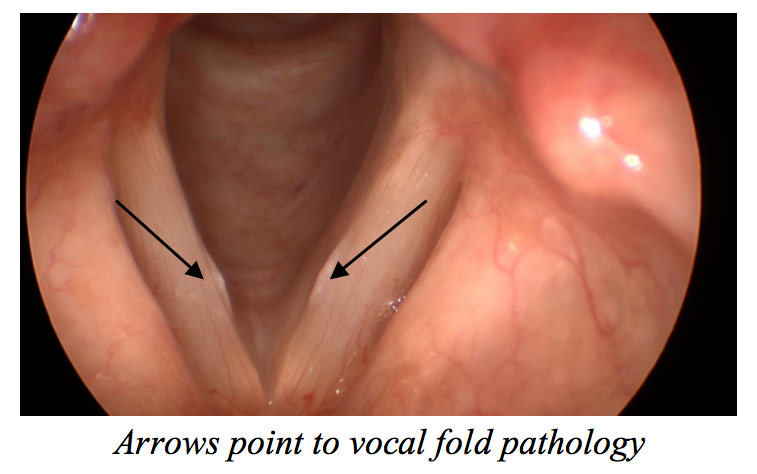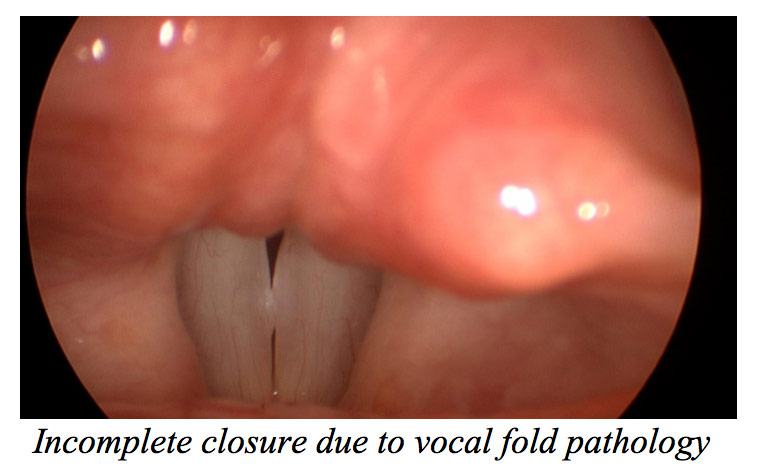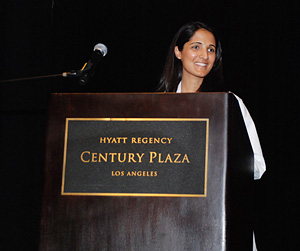- Question: How do the ingredients in e-cigarettes and vaporizers affect respiratory health? - August 16, 2019
- Bad Technique and Vocal Injury - January 9, 2019
- Is Edible Marijuana Dangerous for the Voice? Myths Dispelled - December 18, 2018
- Surprise! You have a hemorrhage - January 31, 2018
- Graves’ Disease: Treatment Overview - September 25, 2017
- Adele and the Stigma of Vocal Injury - July 11, 2017
- Vocal Curbside Consult: How does the thyroid affect the voice? - May 16, 2017
- Vocal Curbside Consult: How do hormones affect the voice? - May 3, 2017
- Vocal Curbside Consult: How do emotion and stress affect the voice? - April 17, 2017
- Vocal Curbside Consult: Vocal Recovery After Illness - April 7, 2017
Case Presentation:
A 21 year old female singer presented with a 5 week history of intermittent hoarseness. She noted that if she would rest for one day, it would significantly improve but that her hoarseness would return with voice use. She has lost half an octave of her vocal range and feels vocally inconsistent. She does not smoke or drink and has no medical problems.
On exam, her voice sounds minimally hoarse, but was quite normal sounding. Stroboscopy is seen here:


What is her diagnosis?
This patient is suffering from vocal nodules. Nodules are thickened callous-like growths that form in the middle third of the vocal folds, in an area called the striking zone. They are always bilateral (present on both sides) because they form due to forceful friction in the striking zone. In this patient’s case, the nodules are very early in development. This is inferred from the fact that there is no heaped-up, thickened white plaque present on the vocal folds, but rather mild fullness with associated stiffness. Nodules, if left untreated, mature and develop multiple layers of thickened epithelium that becomes increasingly stiff and destructive to the mucosal wave.
Voice rest and voice therapy is the treatment of choice for this patient. She will eventually transition to singing voice therapy. Surgery is almost never indicated for nodules. Because this patient presented relatively early after noticing symptoms, she has a higher likelihood of recovery. The behaviors that triggered nodule formation must be identified. In her case, it was starting to train in a different genre than she had previously practiced and socializing in more vocally strenuous environments. This latter factor is often seen in new college students, as their freedom results in socializing in a more taxing manner. Therapy must address all of these factors.



